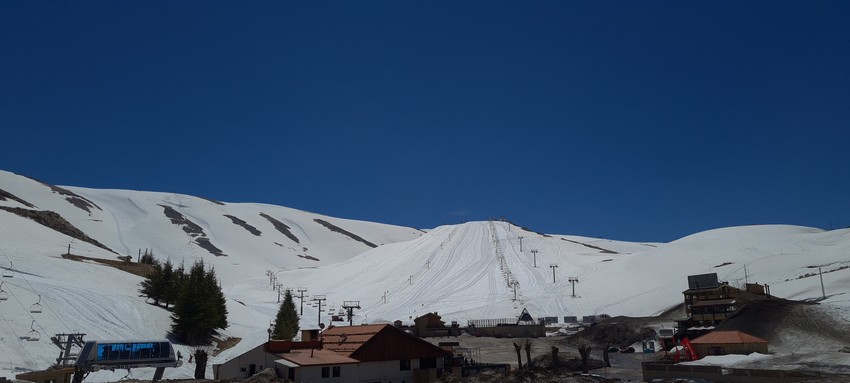
Holiday Destination Lebanon !
by: Siem Kersten & Georges Farah
Holiday destination Lebanon
Lebanon is a country of extremes, an exciting country in the Middle East. For example, it can be warm enough on the coast to sit on a terrace with a water pipe, whileskiing in the snow on the mountains is only a 30-minute drive away.
 Our Lady of Lebanon
Our Lady of Lebanon
It is agem on the Mediterranean with an abundance of sights. Follow in the footsteps of the countless peoples who have lived here, because there is hardly any historical conqueror who has not entered this piece of land . Especially of the Romans there are still many remains to be found in Lebanon, with one of the most beautiful temples in the world. You can visit centuries-old Christian monasteries, but also mosques and Arabic souks. Sometimes it feels like you're in Europe, with French-looking wineries, contemporary coffee shops and trendy nightclubs. After many changes of power over the centuries, Lebanon still excels in cultural diversity, with Christians, Muslims and countless other religious groups trying to live together peacefully in this small country. And yes, occasionally things go wrong when domestic political tensions explode.
You hardly notice this during a trip to one of the natural wonders in Lebanon. Hike through lush valleys and cedar forests, visit mysterious caves, and marvel at one of the most beautiful waterfalls you've ever seen. Together with the five archaeological treasures that are on the UNESCO World Heritage List, you can spend a lot of time in a country that is only a quarter the size of the Netherlands.
Beirut
For a long time, Beirut was known as the "Paris of the Middle East," where the jet set came to stroll the boardwalks and spend money in luxury stores.
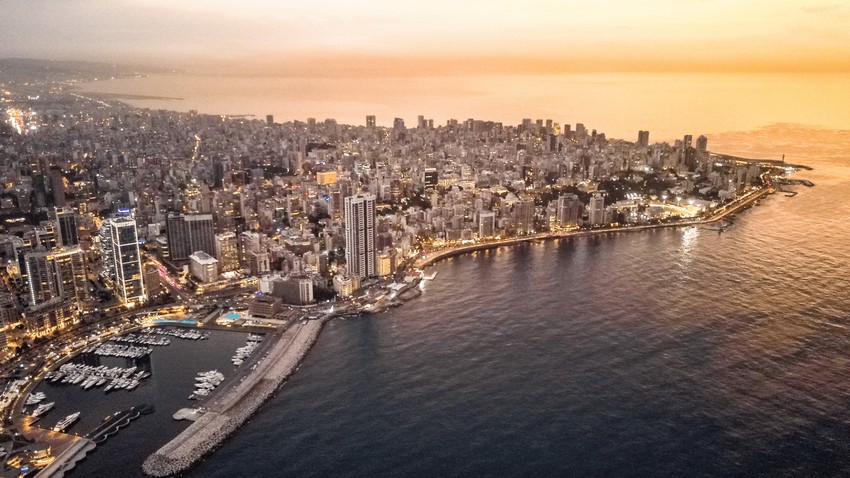
The civil war from 1975 to 1990 destroyed a large part, but the city has since risen from its ashes. However, it remains a city of contradictions where tensions between religious groups are never far away. In one neighborhood you see young women with miniskirts and ear pods, in another neighborhood you see women covered from head to toe by a burqa.
Somethings to do and activities in Beirut:
The National Museum of Beirut has the most important collection of archaeological finds in Lebanon, from prehistory to the nineteenth century. The collection consists of more than 100,000 objects, of which about 1300 can be seen by the public. One of the highlights is a sarcophagus of a Phoenician king from 1000 BC, which was discovered in 1923. On the stone coffin is the oldest known text in the alphabet of the Phoenicians, a people who lived in Lebanon and Syria between 1500 and 400 BC. The National Museum of Beirut suffered greatly from the Lebanese civil war from 1975 to 1990. The museum was located in the middle of the infamous Green Line, which formed the front line between Christian East Beirut and Muslim West Beirut. The building housed armed militias and was badly damaged.
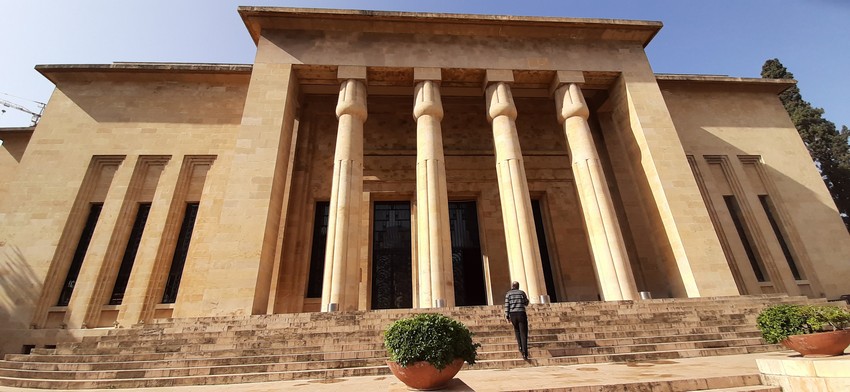
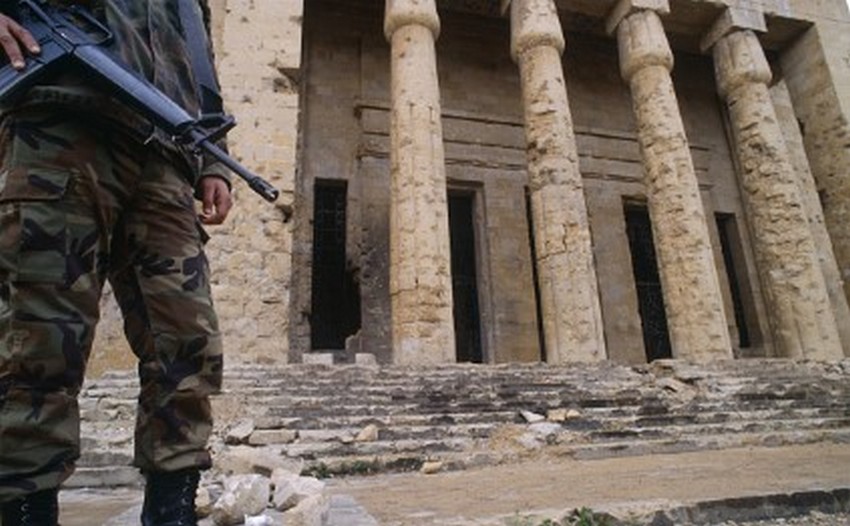
To protect the art treasures, smallobjects were stored in the basement and larger art treasures were protected with sandbags and boxes of wood and concrete.
Between 1995 and 2000 a large-scale restoration took place and the museum has now been restored to its former glory.
Corniche (Boulevard)
During your holiday you must have taken a walk at least once on the Corniche, the 5-kilometer promenade along the Mediterranean Sea. The Corniche is a popular place for walkers, cyclists and joggers and especially at sunset you get a good idea of everyday life in Beirut.
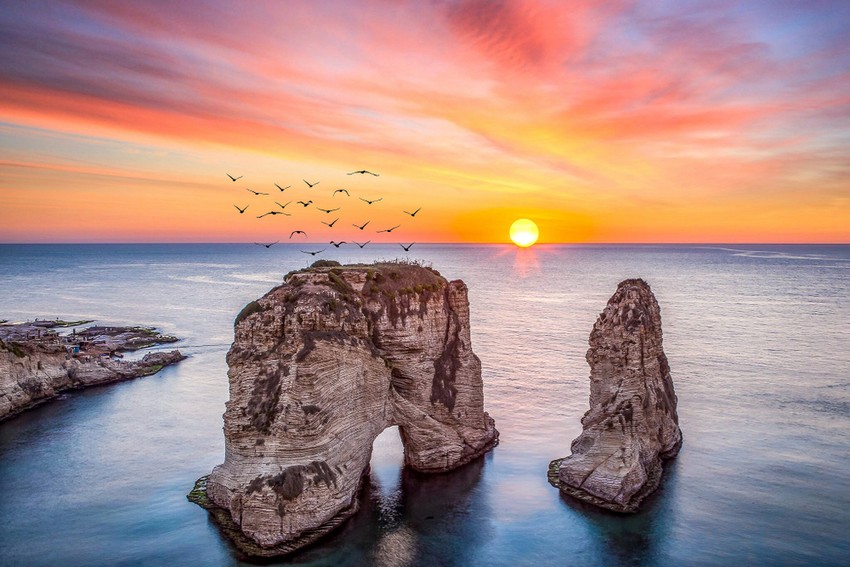
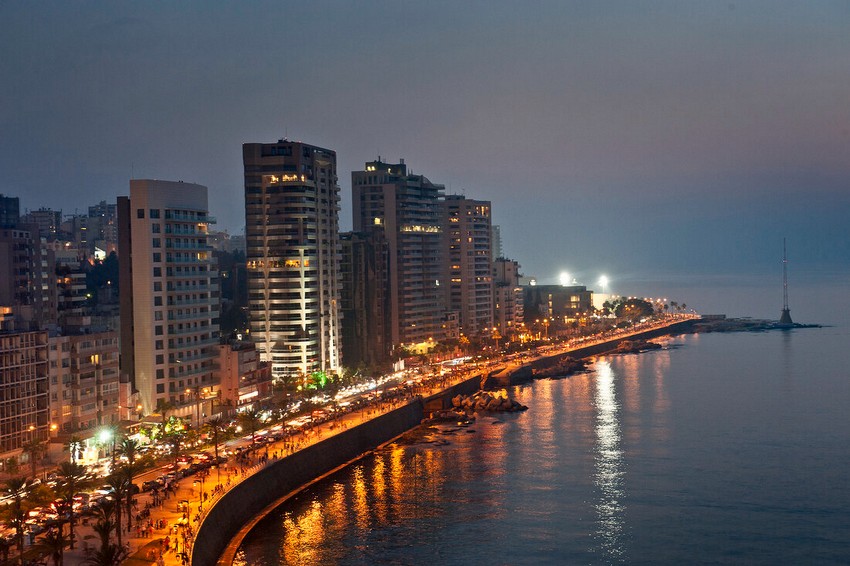
The chic cafes are the domain of the city's rich, young people show their latest cars to friends, fishermen knee-high in the waves and vendors try to sell corn, nuts and Arabic coffee.
Many of the trunks of the palm trees are somewhat pockmarked by the bullet impacts during the Lebanese civil war.
The Corniche was built during French rule and runs from Saint George Bay to the beach of Ramlet al-Bayda. In the Raouché district you will pass the famous Pigeon Rocks.
The Great Al-Omari Mosque
is one of the oldest buildings in Beirut. The house of worship symbolizes the layered history of the Lebanese capital. The sandstone mosque was built in 1291 on the ruins of a crusader church, which previously served as a Byzantine church built on the foundations of a Roman temple.
The history is also reflected in the architecture of the mosque: it is a cross design with Byzantine features and you will find inscriptions of the Mamluk dynasty, Ottomans and Greeks. During the Lebanese civil war, the Great Al-Omari Mosque was badly damaged, but in 2004 the house of worship was restored.
You can visit the mosque outside prayer times.
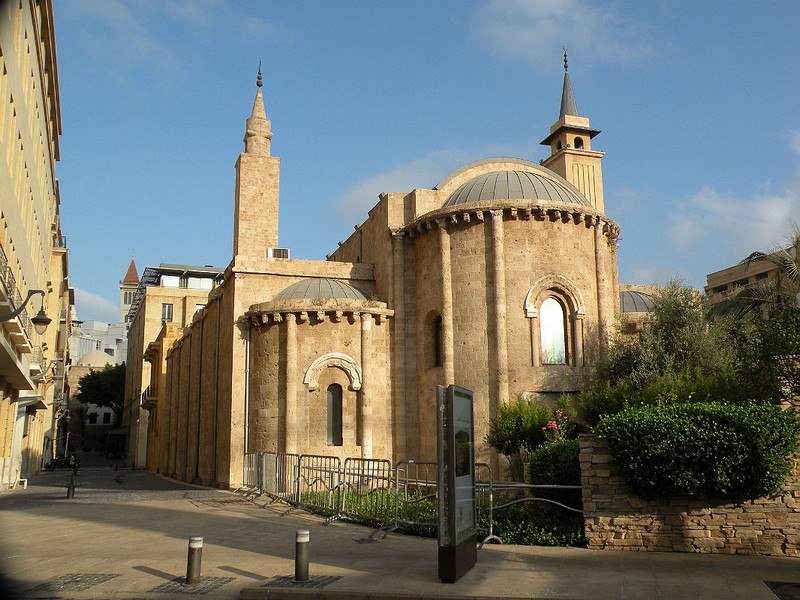
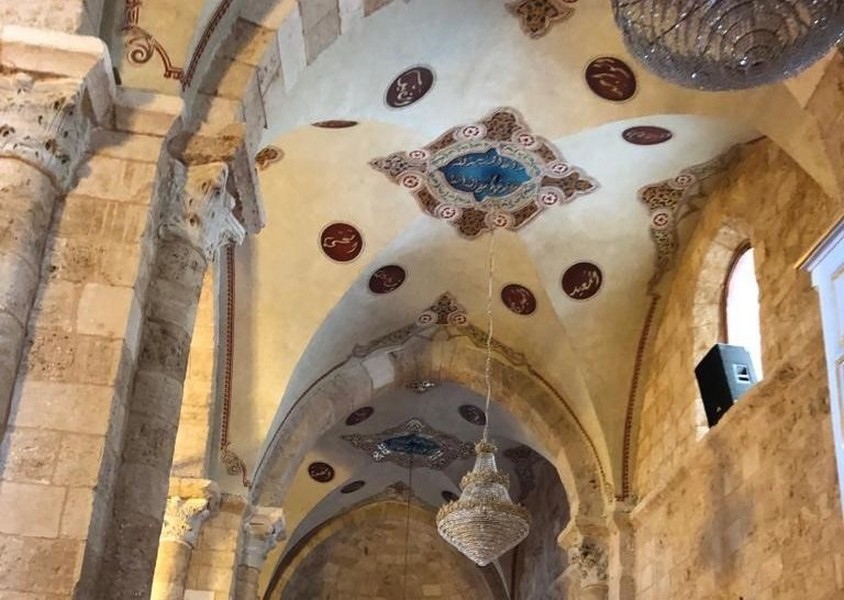
Some of the many things to do and activities in Lebanon:
Baalbek
In the village of Baalbek stands the Temple of Bacchus, one of the most important historical sites of Lebanon. This awe-inspiring structure is one of the best preserved ancient temples in the world.
The Romans built the colossal temple in 150 AD and pulled out all the stops for this. The walls were decorated with 42 columns and the temple became even larger than the Parthenon in the Greek capital Athens.
After all these years, 19 columns are still standing.
In addition to the Temple of Bacchus – dedicated to the god of wine – the Romans built three other temples. They were dedicated to the gods Jupiter, Mercury, Venus.
The entire temple complex was known as Heliopolis, or the 'Sun City'. In addition to the ruins, you can see two of the largest stone blocks from ancient times: a stone of a pregnant woman of 1000 tons and a megalith of 1650 tons! Because of the
grandeur and the special Roman architecture, the temples of Baalbek have been on the UNESCO World Heritage List since 1984.
Baalbek is located at an altitude of 1150 meters on the border of the Bekaa Valley.
© 2022 Marcus Ganzevles RTV-Oost
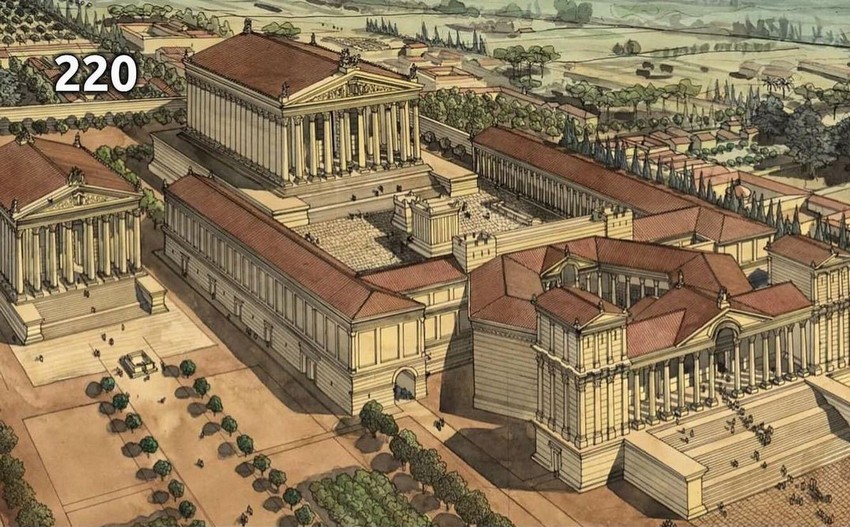
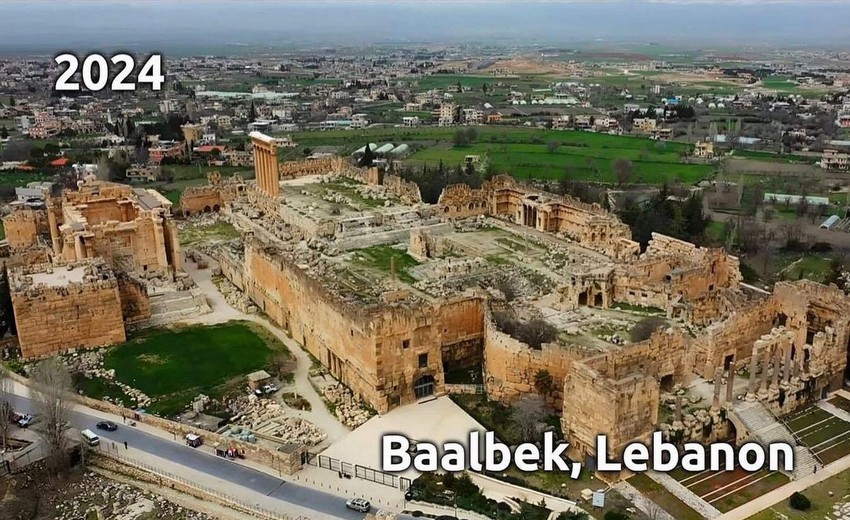
Qadisha Valley
As a nature lover, you should put a visit to the Qadisha Valley in northern Lebanon on your list. This is a stunningly beautiful nature reserve with winding rivers, rugged mountain slopes and centuries-old monasteries. The gorge, also known as the Kadisha Valley, is home to some of the earliest Christian monasteries in the world. For that reason, the valley was already mentioned in the Bible.
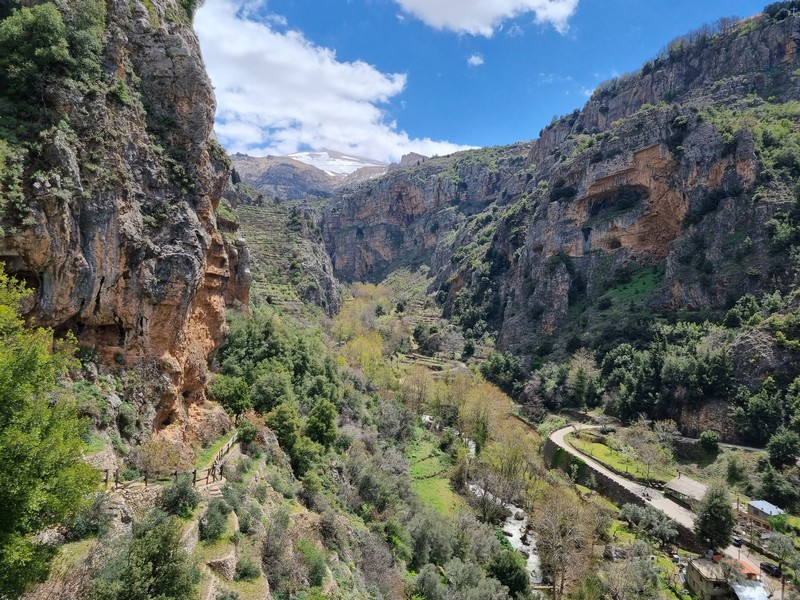
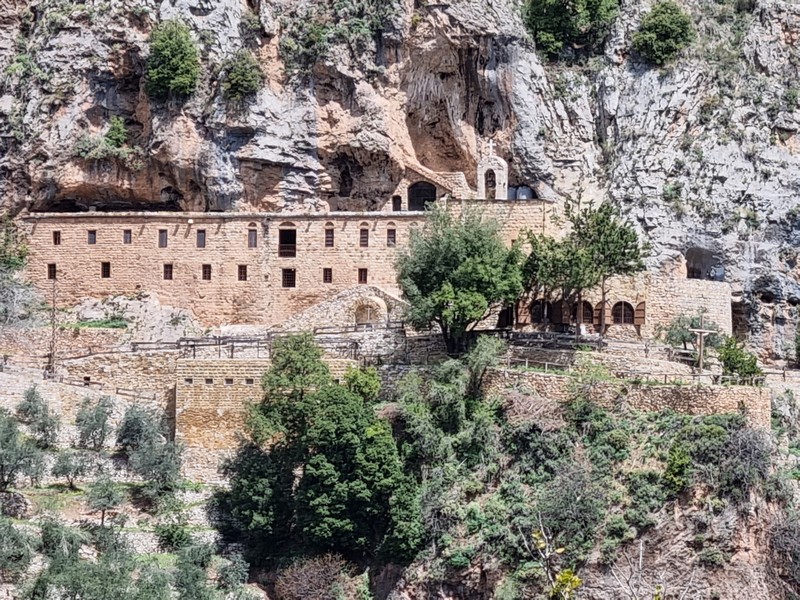
There are many very old monasteries to visit. Hermits and monks retreated to these monasteries that are often built to a height of 950 meters in the rock walls, surrounded by oaks and pine trees.
Christians were fleeing persecution at the time. In addition to visiting the monasteries, the valley is a beautiful area for hiking, enjoying views and skiing.
UNESCO declared the Qadisha Valley a World Heritage Site in 1998.
The Horsh Ehden Nature Reserve, near Tripoli, has a special plant wealth, with 35 species of trees, including some very rare ones such as the native Ehden melkwikke and the Cicilian pine.
There are also wolves and golden jackals here.
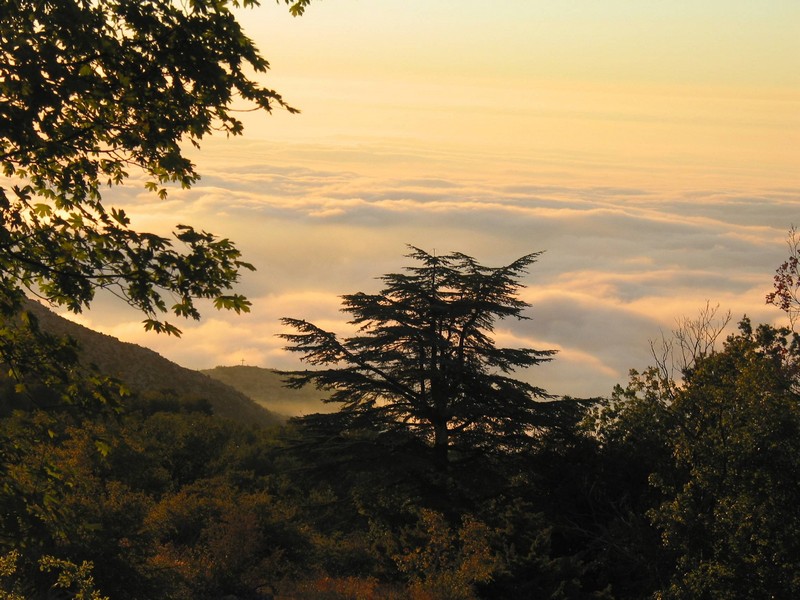
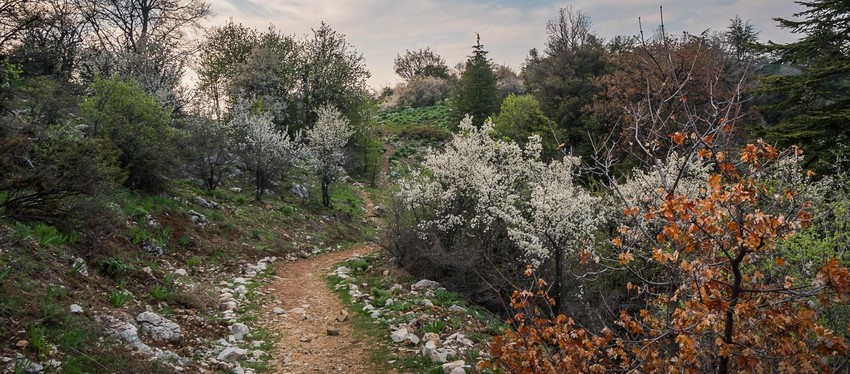
Jeita Cave
The Jeita Cave (Jeita Grotto) half an hour's drive from Beirut is one of Lebanon's natural wonders. They are actually two separate limestone caves with a length of 9 kilometers, which are connected to each other.
In the lower cave flows an underground river that you can explore with a boat trip. You sail in a ghostly labyrinth with clear blue illuminated water past stalagmites, stalactites and giant 'stone flowers'.
© 2022 Marcus Ganzevles RTV-Oost Lower Cave at Jeita
The upper cave can be explored on foot and walked along amazing limestone formations.
Here you will also find the longest stalactite in the world: 8.2 meters! The cool caves are among the ideal sights on a hot day.
Byblos
The coastal town of Byblos is Lebanon's oldest continuously inhabited settlement and one of the oldest cities in the world. The city, known in Arabic as Jbeil, is said to have been founded as a colony of Egypt as early as 3,000 years before Christ.
This makes Byblos about 5000 years old! Later it became an important trading city of the Phoenicians, a seafaring people who controlled much of the Mediterranean.
The earliest books were also distributed here, as you might deduce from the name. All in all, enough reason for UNESCO to put the city on the World Heritage List in 1984.
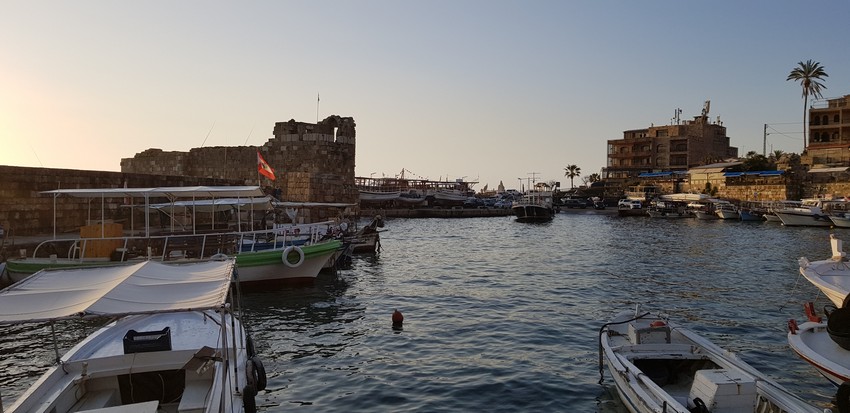
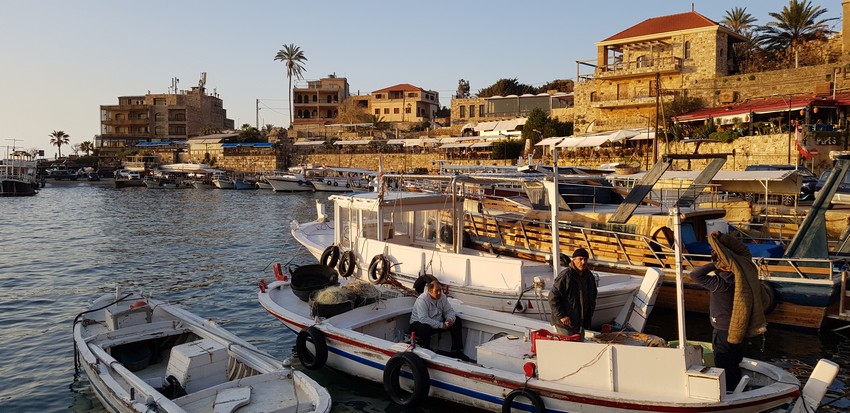
In this attractive town you will now find a picturesque fishing port, surrounded by good fish restaurants and the Byblos Castle. Behind this lies the atmospheric medieval town with cobbled streets, restored stone houses and cafes. You can score souvenirs in the old souk and fossils of sharks, rays, squids can be seen in the fossil museum Memory of Time.
The city is also known for its vibrant nightlife with many pubs and clubs. Byblos is located about 40 kilometers north of Beirut.
Forest of the Cedars of God
The cedar is Lebanon's most famous symbol – the tree is even on the national flag. Cedars once grew all over the country, but centuries of logging have caused most cedar forests to disappear. Countless peoples have used the cedar wood for the construction of their ships, from the Egyptians and the Persians to the Arabs and the Ottomans.
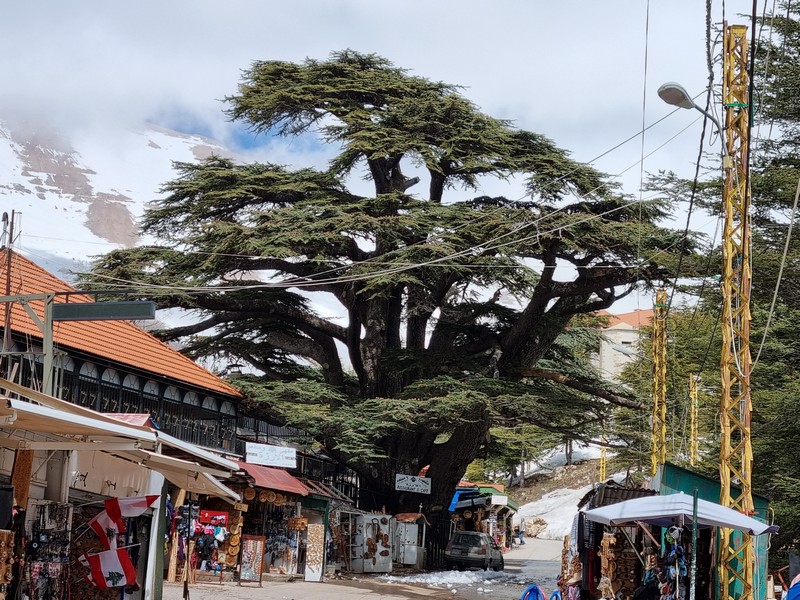 In the north, however, there is still a nature reserve where about 375 cedars grow. This area is known as the Forest of the Cedars of God (Horsh Arz el-Rab) and is located near the Qadisha Valley.
In the north, however, there is still a nature reserve where about 375 cedars grow. This area is known as the Forest of the Cedars of God (Horsh Arz el-Rab) and is located near the Qadisha Valley.
You can walk among these majestic trees, which can grow up to 40 meters high and no less than 1000 years old. Don't miss the sculpture The Trinity, created by local artist Rudy Rahme from dead trees in the cedar forest.
This is the largest natural sculpture in the world. Like the Qadisha Valley, the forest of the cedars is in 1998 listed on the UNESCO World Heritage list.
Baatara Waterfall
Lebanon happens to be home to one of the most beautiful waterfalls in the world: the Baatara Gorge Waterfall. After the rainy season, the water falls 255 meters into a cave behind three naturally formed bridges, which protrude above each other in a gorge.
Millions of years of natural erosion have formed these special limestone rock formations. According to scientists, these bridges are already 160 million years old and therefore already existed in the time of the dinosaurs.
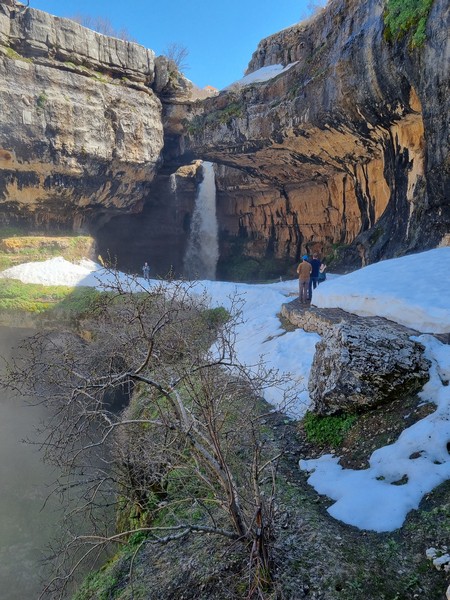
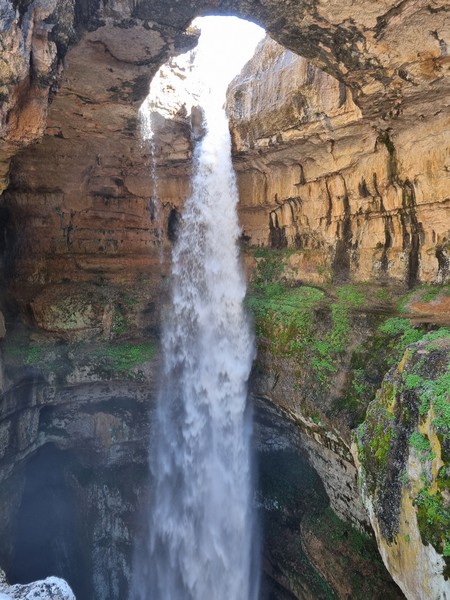
The waterfall was discovered in 1952 and is now a nature reserve.
The months of March and April are the best time for a visit, because the melted snow then flows down from the mountains.
Château Ksara
It may be surprising for a country in the Middle East, but Lebanon has a long tradition of making wine. The best vineyards are located in the sunny and fertile Bekaa Valley in the east of the country.
If you are a wine lover, be sure to try visiting Château Ksara. This is Lebanon's oldest, largest and most renowned winery founded by Jesuits in 1857.
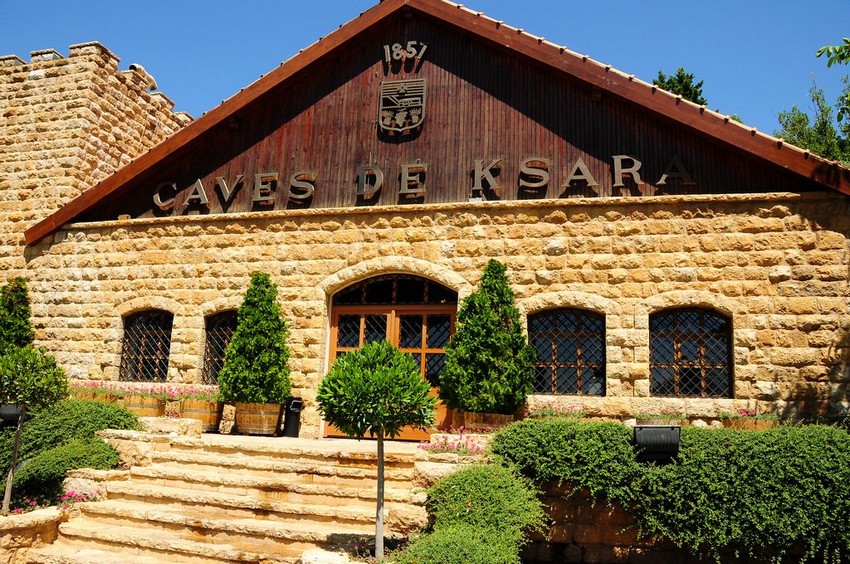
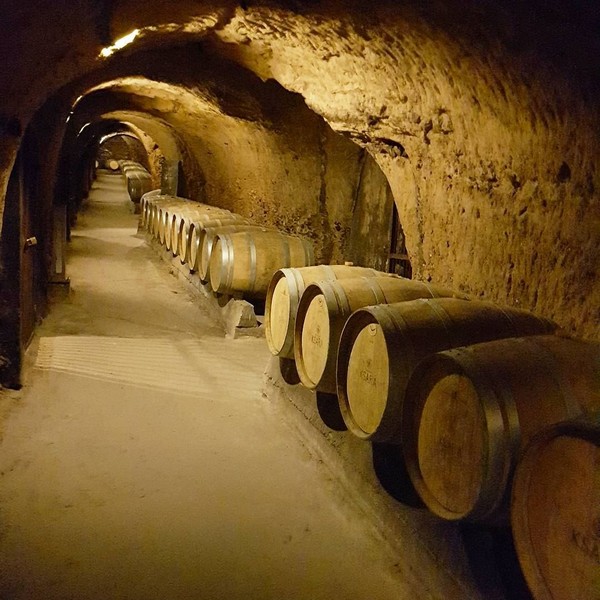
The winery has seven vineyards in different places in the valley, located at an altitude of 1000 meters. Excellent wines are made from mainly French pigeon breeds that find their way to the whole world.
The highlight is perhaps the historic cave cellars of 2 kilometers long.
Tyre (Sour)
Tyre is the southernmost city of Lebanon and a popular holiday destination among Lebanese. The seaside resort – known locally as Sour – has an attractive beach that is considered one of the cleanest and most beautiful in the Middle East.
You can snorkel with sea turtles, play a game of beach volleyball, enjoy the sunset or drink a fresh orange juice in one of the beach bars. It almost feels like a holiday in the Caribbean, were it not for the fact that Tyre is also one of the oldest cities in the world.
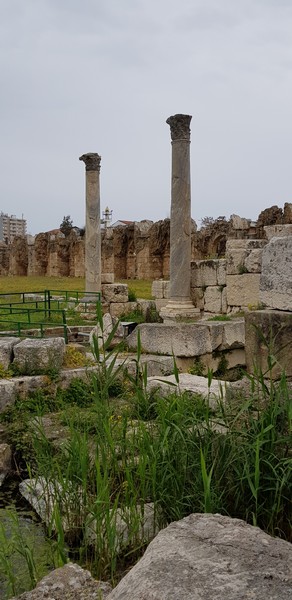
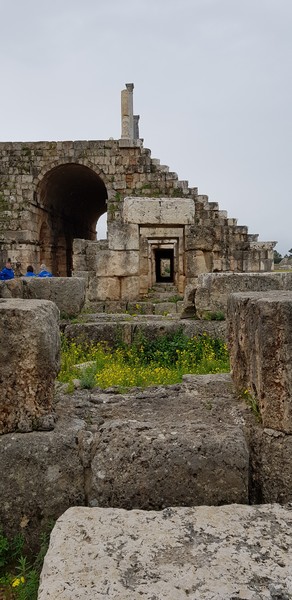
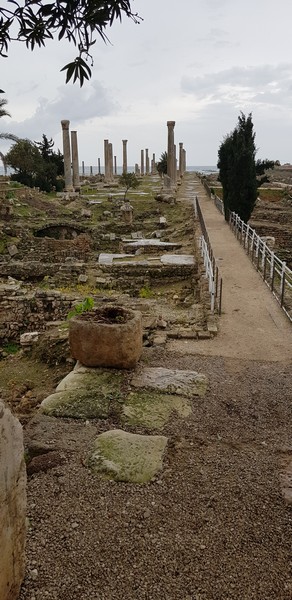
Tyre was one of the great trading centers in early antiquity, with a history dating back more than 4,000 years. Here the alphabet was invented, but also the purple dye.
It was a flourishing metropolis of the Phoenicians, who founded powerful colonies such as Cádiz en Carthage from the port city. Later, the Greeks and Romans ruled the city.
You will also find important historical sights, including a well-preserved Roman hippodrome. The racecourse is 480 meters long and 90 meters wide.
Tyre has been on the UNESCO World Heritage List since 1984.
© 2022 Marcus Ganzevles RTV-Oost
Tripoli
Compared to the hipsters in Beirut, you will find a completely different atmosphere in the northern port city of Tripoli. It is Lebanon's second largest city that is poorer, more traditional and more chaotic than other cities in the country. In Tripoli, it feels like you're really in the Middle East, whatever that means... The city has therefore experienced turbulent times, with scars from battle and war.
Here, too, many peoples have left their mark, from the Phoenicians and the Assyrians to the Ottomans and the French.
Wander through the winding alleyways of the nine souks and it's as if you've traveled back to the Middle Ages. Each souk has its specialty, from silver and gold to fruit and vegetables. An authentic souvenir is local soap made from olive oil, for which Tripoli is famous. Visit beautiful mosques and take a walk in.
This is a quiet old neighborhood by the sea with potteries, old houses, mosques and churches. For great views of the city, visit the Citadel of Raymond de Saint-Gilles, named after an 11th-century French crusader commander. This is one of the largest fortresses in Lebanon.
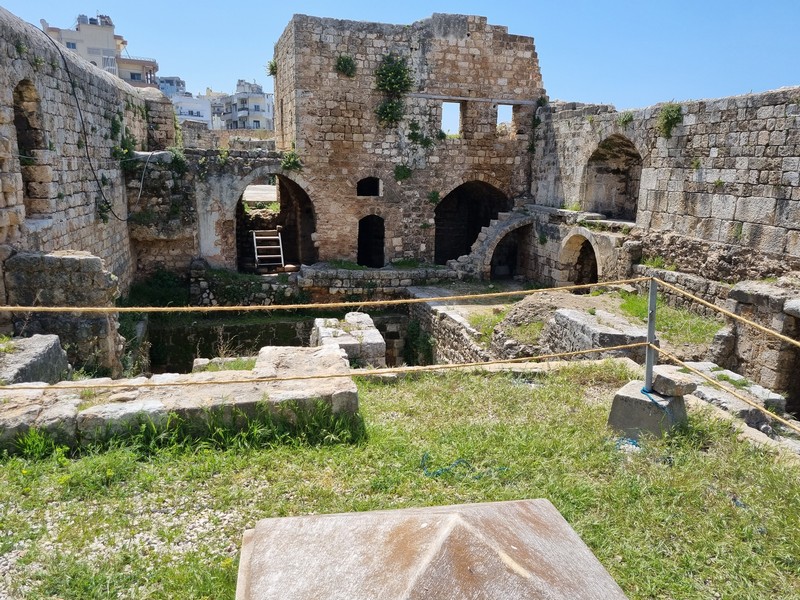
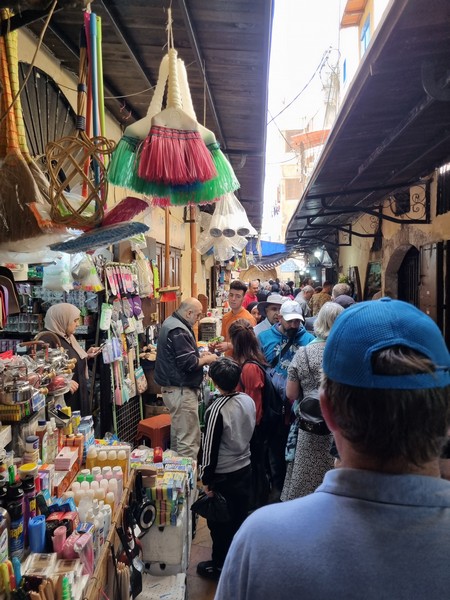
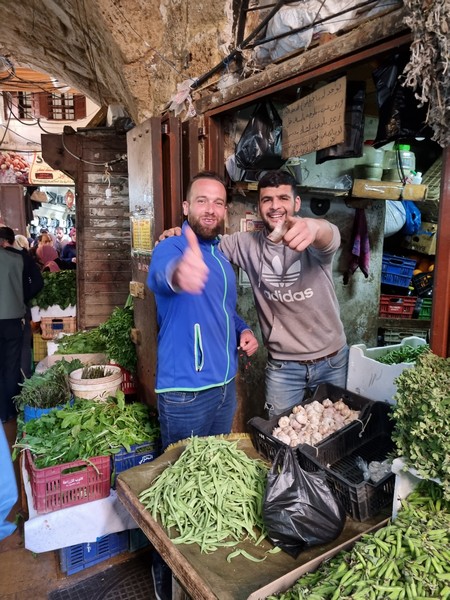
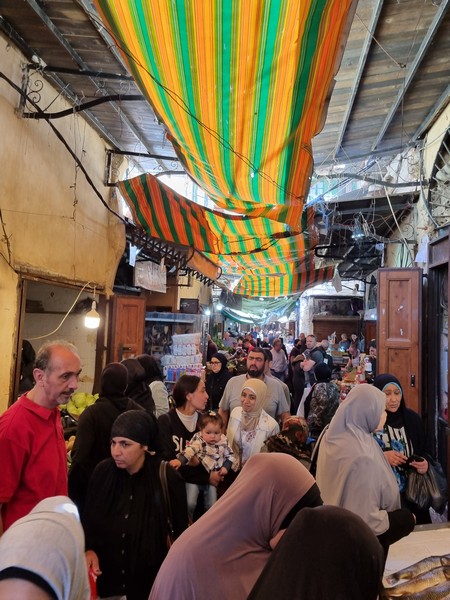
Finally, some travel advice
The best travel time for Lebanon is April to June and September / October. To avoid the summer heat, preferably travel in spring or autumn. If you are in Lebanon between December and April you can go skiing in the mountains. On a hour's journey from Beirut, Mzaar Kfardebian is the most popular and largest area of Lebanon with 42 runs and 80 kilometers of slopes. A visa for Lebanon does not need to be arranged in advance. The visa can be obtained free of charge at the airport upon arrival. If you have a stamp of Israel in your passport, you may be denied entry to Lebanon. You can apply for a new passport from your municipality.
